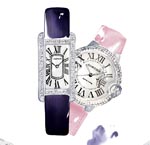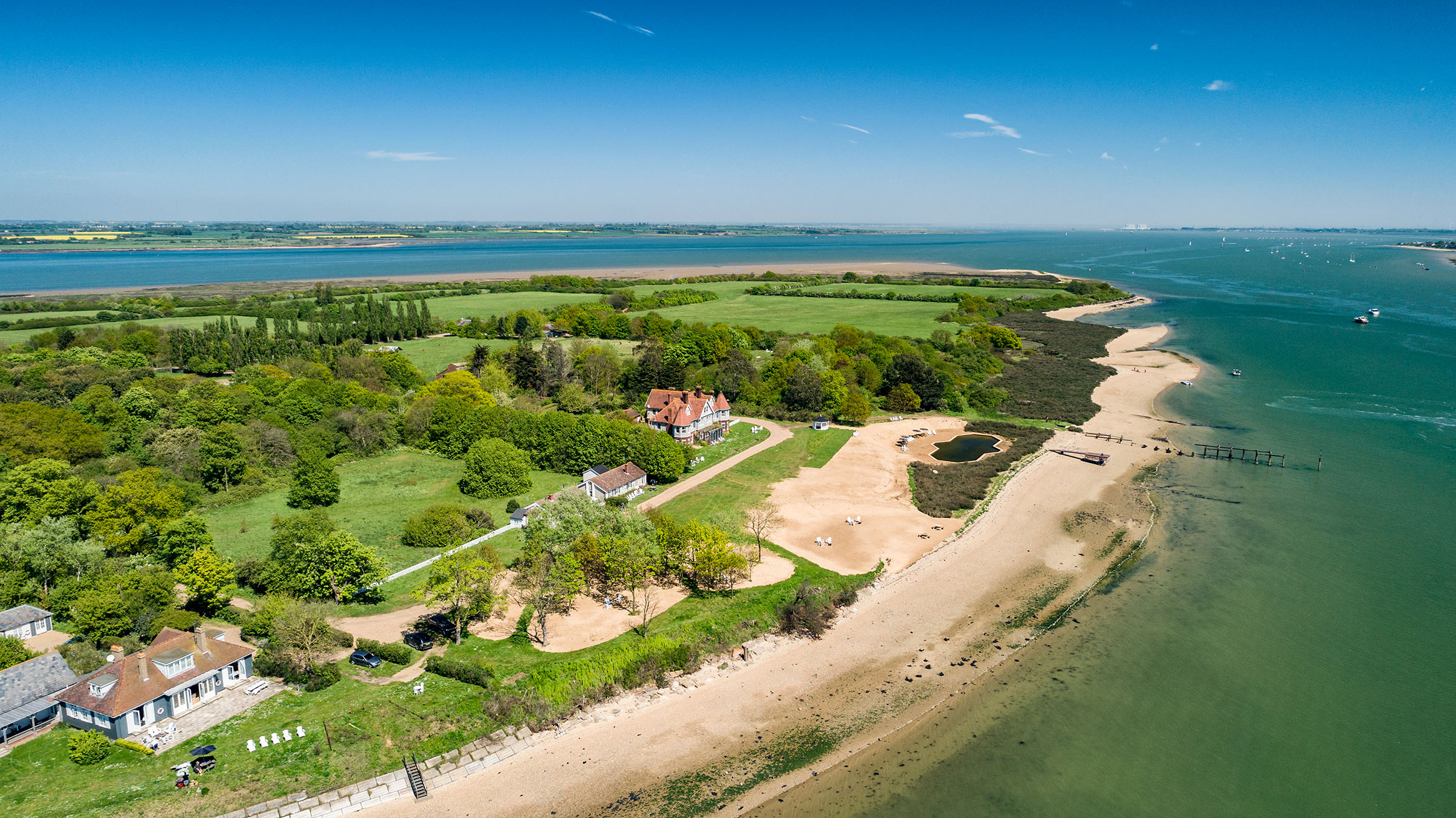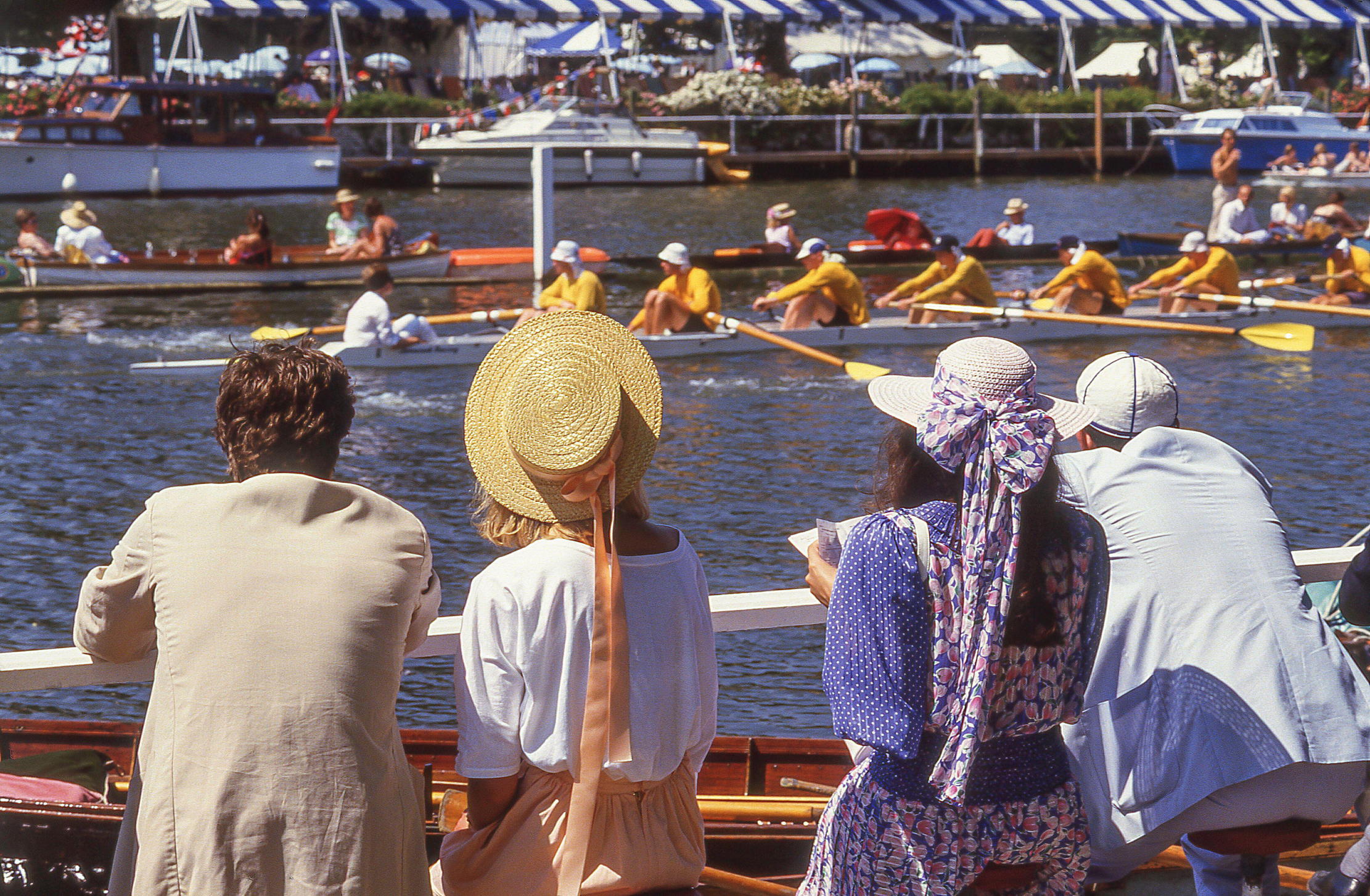Icons of style: The Cartier watch
Lucia van der Post looks back at the sparkling history of the Cartier watch


The world isn't short of glittering jewels, but high in the pantheon of celebrated jewellers is Cartier, a hallowed name in the rarefied world of haute joaillerie. It's not simply because of the beauty of its gems, but also the distinction of its designs that the name of Cartier appears so consistently in any history of the world's greatest jewellers.
Founded in 1847 by Louis-François Cartier, the company's heyday was the Roaring Twenties, when its Art Deco pieces, with their abstract geometric shapes and use of black and white and enamelling, captured the aesthetic mood of the times. Also in the 1920s came the love affair with India splendours and the introduction of the luscious Tutti Frutti collection, brilliantly coloured gemstones. Before that, its Belle Epoque garland swags had been much sought after and later, under the direction of Jeanne Toussaint, Cartier moved into more figurative design with its panthers made of onyx, diamonds and emeralds (a panther brooch owned by the Duchess of Windsor sold in 2010 for $7 million, four times the estimate).

In recent times, simpler, more accessible lines have become just as iconic-the Trinity collection, with its three-gold rings and bracelets, and the Love collection appeal to younger customers. But it's not only jewellery that has made Cartier so prized-the company was the first to devise the modern wristwatch when it launched the Santos in 1911, and, today, its iconic watches-the Santos, the Tank, the Pasha and the Ballon Bleu de Cartier-are recognised the world over, on the wrists of stars from Fred Astaire and Marlene Dietrich to Yves Saint Laurent and Andy Warhol. This year, a new version of the Tank, the New Tank Anglaise, will be launched, its square corners softened for a gentler, more ‘English' take on the style.
Pierre Rainero is currently in charge of design. His latest collection, Cartier Naturellement, features birds, flowers and insects formed from coloured gemstones. One day, it will be sought after as ardently as a Toussaint panthère or a Belle Epoque garland.
Sign up for the Country Life Newsletter
Exquisite houses, the beauty of Nature, and how to get the most from your life, straight to your inbox.
Country Life is unlike any other magazine: the only glossy weekly on the newsstand and the only magazine that has been guest-edited by HRH The King not once, but twice. It is a celebration of modern rural life and all its diverse joys and pleasures — that was first published in Queen Victoria's Diamond Jubilee year. Our eclectic mixture of witty and informative content — from the most up-to-date property news and commentary and a coveted glimpse inside some of the UK's best houses and gardens, to gardening, the arts and interior design, written by experts in their field — still cannot be found in print or online, anywhere else.
-
 380 acres and 90 bedrooms on the £25m private island being sold by one of Britain's top music producers
380 acres and 90 bedrooms on the £25m private island being sold by one of Britain's top music producersStormzy, Rihanna and the Rolling Stones are just a part of the story at Osea Island, a dot on the map in the seas off Essex.
By Lotte Brundle
-
 'A delicious chance to step back in time and bask in the best of Britain': An insider's guide to The Season
'A delicious chance to step back in time and bask in the best of Britain': An insider's guide to The SeasonHere's how to navigate this summer's top events in style, from those who know best.
By Madeleine Silver